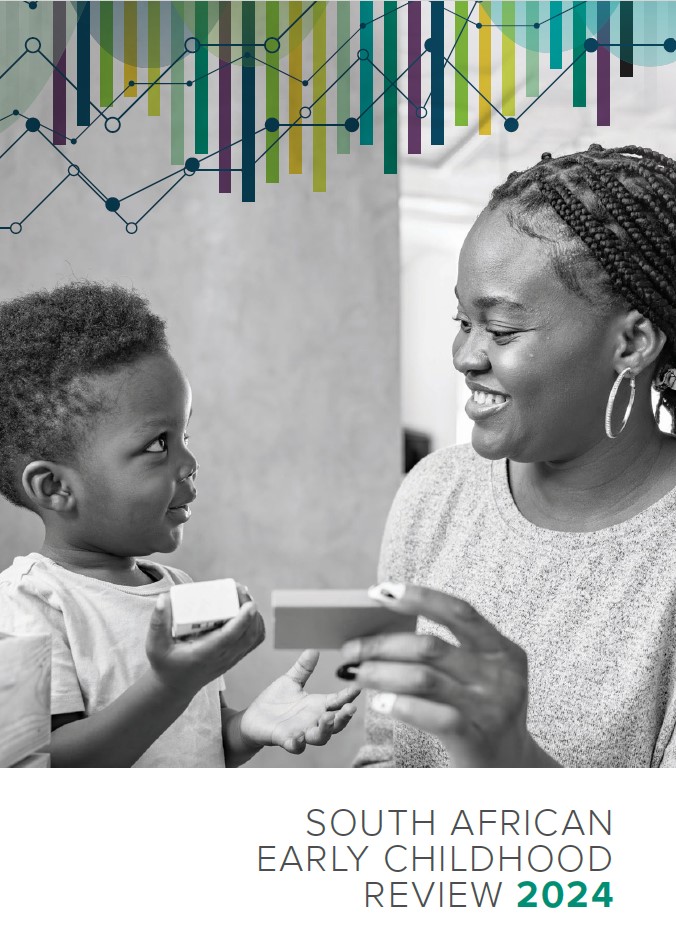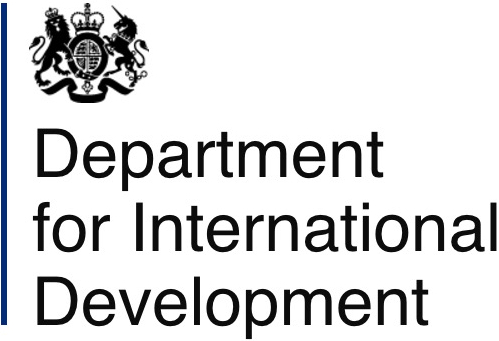This indicator shows the number and share of children living in formal, informal and traditional housing. For the purposes of the indicator, “formal” housing is considered a proxy for adequate housing and consists of: dwellings or brick structures on separate stands; flats or apartments; town/cluster/semi-detached houses; units in retirement villages; rooms or flatlets on larger properties provided they are built with sturdy materials. “Informal” housing consists of: informal dwellings or shacks in backyards or informal settlements; dwellings or houses/flats/rooms in backyards built of iron, wood or other non-durable materials; and caravans or tents. “Traditional” housing is defined as a “traditional dwelling/hut/structure made of traditional materials” situated in a rural area.
Analysis by Katharine Hall & Sumaiyah Hendricks, Children’s Institute, University of Cape Town.
- Children are defined as persons aged 0 – 17 years.
- Population numbers have been rounded off to the nearest thousand.
- Sample surveys are always subject to error, and the proportions simply reflect the mid-point of a possible range. The confidence intervals (CIs) indicate the reliability of the estimate at the 95% level. This means that, if independent samples were repeatedly taken from the same population, we would expect the proportion to lie between upper and lower bounds of the CI 95% of the time. The wider the CI, the more uncertain the proportion. Where CIs overlap for different sub-populations or time periods we cannot be sure that there is a real difference in the proportion, even if the mid-points differ. CIs are represented in the bar graphs by vertical lines at the top of each bar.
Children’s right to adequate housing means that they should not have to live in informal dwellings. One of the seven elements of adequate housing identified by the UN Committee on Economic, Social and Cultural Rights is that it must be ‘habitable’.[1] To be habitable, houses should have enough space to prevent overcrowding and should be built in a way that ensures physical safety and protection from the weather.
Formal brick houses that meet the state’s standards for quality housing could be considered habitable, whereas informal dwellings such as shacks in informal settlements and backyards would not be considered habitable or adequate. Informal housing in backyards and informal settlements make up the bulk of the housing backlog in South Africa. Traditional housing in rural areas cannot necessarily be assumed to be inadequate. Some traditional dwellings are more habitable than formal dwellings in low-cost housing developments – they can be more spacious and better insulated, for example.
Access to services is another element of adequate housing. Children living in formal areas are more likely to have services on site than those living in informal or traditional dwellings. They are also more likely to live closer to facilities like schools, libraries, clinics and hospitals than those living in informal settlements or rural areas. Children living in informal settlements may be more exposed to hazards such as shack fires and paraffin poisoning.
The environmental hazards associated with informal housing are exacerbated for very young children. The distribution of children in informal dwellings is slightly skewed towards younger children and babies: four out of 10 children who live in informal housing are preschool age.
In 2024, nearly 1.6 million children (7% of the child population in South Africa) lived in informal housing – in backyard shacks or informal settlements. The number of children in informal housing has declined gradually from 2.3 million (13%) in 2002. The provinces with the highest shares of informally-housed children are the Western and Northern Cape, Gauteng and Free State. The Eastern Cape, KwaZulu-Natal and Limpopo have the lowest shares of children in informal housing (below 3% in each of these provinces). The vast majority of children in Limpopo (96%) are recorded as living in formal housing, while the Eastern Cape has a relatively large share of its child population living in traditional dwellings (27%).
The distribution of children in formal, informal and traditional housing has remained fairly constant since 2002. But racial inequalities persist. Virtually all White children in the 2024 survey lived in formal housing, compared with 84% of African children. Access to formal housing increases with income. Nearly 100% of children in the wealthiest 20% of households live in formal dwellings, compared with 79% of children in the poorest quintile.
The GHS instructs the fieldworker to record dwelling type for the main dwelling as well as any other dwelling that belongs to the household but is situated elsewhere. Only the main dwelling type is used in this indicator.
The GHS uses a Master Sample frame which has been developed as a general-purpose household survey frame that can be used by all other Stats SA household-based surveys that have design requirements that are reasonably compatible with the GHS. The sample is drawn from Census enumeration areas using a stratified two-stage design with probability proportional to size sampling of PSUs in teh first stage, and sampling of dwelling units with systematic sampling in the second stage. The resulting sample consists of just over 20,000 households with around 70,000 individuals, and should be representative of all households in South Africa. It is also designed to be representative at provincial level and within provinces at metro/non-metro levels and three geography types (urban areas, rural areas under traditional authority, and farms).
The sample consists of households and does not cover other collective institutionalised living-quarters such as boarding schools, orphanages, students’ hostels, old-age homes, hospitals, prisons, military barracks and workers’ hostels. These exclusions probably do not have a noticeable impact on the findings in respect of children.
Changes in sample frame and stratification
Since 2014 the GHS has been based on the 2013 master sample that that is, in turn, based on information collected during the 2011 Population Census. The previous master sample for the GHS was used for the first time in 2008, and the one before that in 2004. These again differed from the master sample used in the first two years of the GHS: 2002 and 2003. Thus there have been four different sampling frames during history of the annual GHS, with the changes occurring in 2004, 2008 and 2013. In addition, there have been changes in the method of stratification over the years. These changes could compromise comparability across iterations of the survey to some extent, although it is common practice to use the GHS for longitudinal monitoring and many of the official trend analyses are drawn from this survey.
Weights
Person and household weights are provided by Stats SA and are applied in Children Count analyses to give population estimates on the indicators. The GHS weights are derived from Stats SA’s mid-year population estimates for the relevant year. The population estimates are based on a model that is revised from time to time when it is possible to calibrate the population model to Census data and larger population surveys such as the Community Survey.
In 2017, Stats SA revised its demographic model to produce a new series of mid-year population estimates and the GHS data were re-released with the revised population weights. All the Children Count indicators were re-analysed retrospectively, using the revised weights provided by Stats SA, based on the 2013 model. The estimates are therefore comparable over all years. The revised weights particularly affected estimates for the years 2002 – 2007.
The 2017 model drew on the 2011 census, along with vital registration, antenatal and other administrative data, but was a “smoothed” model that did not mimic the unusual shape of the age distribution found in the census. The results of the 2011 census were initially distrusted because it seemed to over-count children in the 0 – 4 age group and under-count children in the 4 – 14-year group. It is now thought that the fertility rates recorded in the 2011 population census may have been an accurate reflection of demopraphic trends, with an unexplained upswing in fertility around 2009 after which fertility rates declined again gradually. Similar patterns were found in the vital registration data as more births were reported retrospectively to the Department of Home Affairs, and in administrative data from schools, compiled by the Department of Basic Education. In effect, this means that there may be more children in South Africa than appear from the analyses presented in these analyses, where we have applied weights based on a model that it is now known to be inaccurate.
Stats SA has subsequently developed a new population model - the 2022 series, which provides revised mid-year population estimates back to 2002 and projected to 2032. However, the GHS series has not yet been reweighted.The population estimates in Children Count are therefore based on weights derived from outdated population model (2017). It is not yet clear when and how the population model will be revised again following the 2022 Census, as there are concerns around census under-count and plausibility of its findings.
Disaggregation
Statistics South Africa suggests caution when attempting to interpret data generated at low level disaggregation. The population estimates are benchmarked at the national level in terms of age, sex and population group while at provincial level, benchmarking is by population group only. This could mean that estimates derived from any further disaggregation of the provincial data below the population group may not be robust enough.
Reporting error
Error may be present due to the methodology used, i.e. the questionnaire is administered to only one respondent in the household who is expected to provide information about all other members of the household. Not all respondents will have accurate information about all children in the household. In instances where the respondent did not or could not provide an answer, this was recorded as “unspecified” (no response) or “don’t know” (the respondent stated that they didn’t know the answer).
For more information on the methods of the General Household Survey, see the metadata for the respective survey years, available on Nesstar or DataFirst

 The SAECR 2024 tracks trends on the status of children under 6.
The SAECR 2024 tracks trends on the status of children under 6. 











